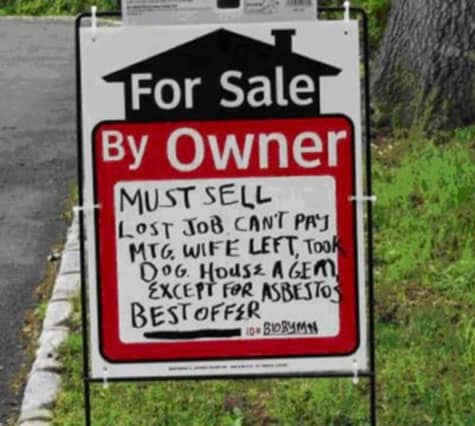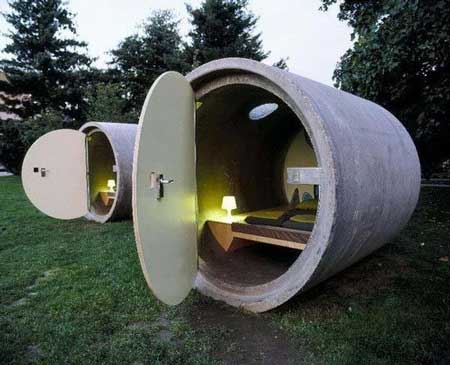
Image courtesy of Nevada County Fairgrounds.
The Nevada County Fairgrounds is offering a coloring contest for children and adults as part of the annual Country Christmas Faire, November 23 – 25, at the Nevada County Fairgrounds.
Coloring sheets are available at the Fairgrounds office on McCourtney Road or they can be downloaded at NevadaCountyFair.com.
There are two drawings to choose from, and it’s free to enter the coloring contest. Simply choose your favorite drawing, fill out the entry form, complete the drawing, and return it to the Nevada County Fairgrounds – either by mail or in person – before November 16. The coloring contest is limited to one entry per person.
The coloring contest is divided into seven categories: five years old and under, 6 – 8 years, 9 – 12 years, 13 – 17 years, 18 – 64 years, 65 and over, and special needs. First, second and third place prizes will be awarded. Winners will receive carnival ride coupons for the 2019 Nevada County Fair.
All entries will be on display in Ponderosa Hall with the gingerbread houses during the Country Christmas Faire. Winners will be announced with ribbons on opening day of the Country Christmas Faire.
The Country Christmas Faire features four exhibit buildings filled with handcrafted gifts and unique crafts. Visitors to the Faire also enjoy strolling musical entertainment, festival foods, wagon rides, a visit with Santa Claus, and a community bonfire. The Country Christmas Faire begins Friday, November 23, and runs through Sunday, November 25. The hours are 10 am – 5 pm on Friday and Saturday; and 10 am – 4 pm on Sunday. Admission is $5 for adults, and free to children 12 and under. Parking is free. On Sunday only, bring a can of food and receive $1 off admission. All food will be collected by the Interfaith Food Ministry and distributed in December to those in need.
For more information, visit Nevada County Fair or call (530) 273-6217.
Help keep this blog going
Contact us today
John J. ODell Broker
RE 00669941



















